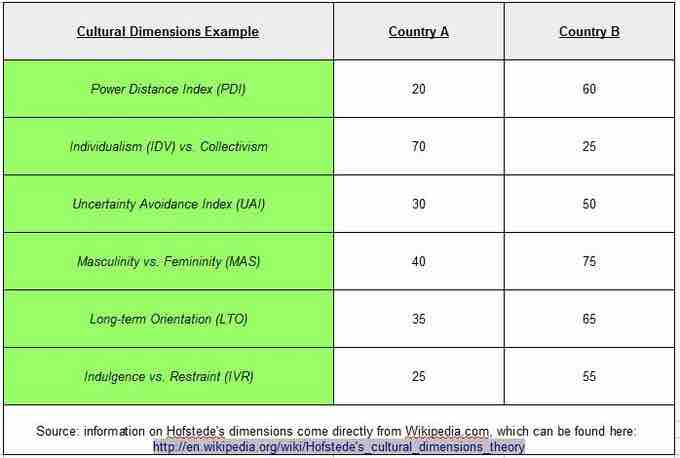Culture and Global Business
It is typically more difficult to do business in a foreign country than in one's home country, especially in the early stages when a firm is considering either physical investment in or product expansion to another country. Expansion planning requires an in-depth knowledge of existing market channels and suppliers, of consumer preferences and current purchase behavior, and of domestic and foreign rules and regulations. Language and cultural barriers present considerable challenges, as well as institutional differences among countries.
With the process of globalization and increasing global trade, it is unavoidable that different cultures will meet, conflict, and blend together. People from different cultures find it hard to communicate not only due to language barriers but also because of cultural differences.
In a survey of Texas agricultural exporting firms, Hollon (1989) found that from a firm management perspective, the initial entry into export markets was significantly more difficult than either the handling of ongoing export activities or the consideration of expansion to new export product lines or markets. From a list of 38 items in three categories (knowledge gaps, marketing aspects, and financial aspects) over three time horizons (start-up, ongoing, and expansion), the three problems rated most difficult were all start-up phase marketing items:
- Poor knowledge of emerging markets or lack of information on potentially profitable markets
- Foreign market entry problems and overseas product promotion and distribution
- Complexity of the export transaction, including documentation and "red tape. "
Two of these items, market entry and transaction complexity, remained problematic in ongoing operations and in new product market expansion. Import restrictions and export competition became more problematic in later phases, while financial problems were pervasive at all phases of the export operation.
Tools for Understanding Cultural Deviations in Business
Recognizing that different geographic regions and/or nationalities represent vastly different business operating characteristics, often due to differences in cultural predisposition, is a critical building block for successful global business leaders. As a result, various researchers in global business have generated business models to illustrate key cultural considerations between different countries. The most recognized and utilized in the field is Geert Hofstede's Cultural Dimensions Theory, which encompasses six cultural deviations highly relevant to business managers. The figure below provides an example of this model:

Hofstede's Cultural Dimensions Theory Example
Source: Hofstede's dimensions, as utilized in this figure, are derived from Wikipedia's open source content.
As you can see in the above figure, the six dimensions underline differences in perspective in each category. Two countries (or more) are selected for comparison, at which point can identify differences in business practices based on cultural barriers. For example, Country A demonstrates lower power distance compared to Country B. This means that a resident of Country A operating in Country B must understand that lines of authority are more rigid in Country B and act accordingly.
To briefly explain each dimension:
- PDI rating represents a stronger acceptance of authority in a given cultural
- IDV (individualism) rating indicates the degree to which individuals are focused upon as opposed to the broader group
- UAI represents the degree to which risk-taking is commonplace (a higher rating meaning a lower propensity for risk)
- MAS represents the scale between competitiveness, materialism and aggressiveness (high rating) compared to focusing on relationships and quality of life
- LTO indicates the tendency to plan for longer-term agenda items as opposed to pursuing short-term goals
- IVR is simple the frugal (or spendthrift) habits of the average individual in a culture (purchasing beyond necessity)